At a fundamental level, Mars is a volcanic planet. Its surface is home to the Solar System’s largest extinct volcano, Olympus Mons, and another trio of well-known volcanoes at Tharsis Montes. And those are just the highlights: there are many other volcanoes on the surface. Though that volcanic activity ceased long ago, the planet’s surface tells the tale of a world disrupted and shaped by powerful volcanic eruptions.
It’s difficult to imagine what Mars would’ve been like when Olympus Mons was active. The same goes for the Tharsis Montes trio. We may never know, but thanks to HiRISE, we can try to piece together some of the volcanic events that shaped Mars.
Olympus Mons and Tharsis Montes were the headliners in Mars’ ancient volcanic drama, and we learned of their existence first, thanks largely to NASA’s Mariner 9 spacecraft. In fact, they were spotted by ground observers long before that because they were visible when they protruded above global dust storms. But the surface of Mars is also dotted with other evidence of volcanism.
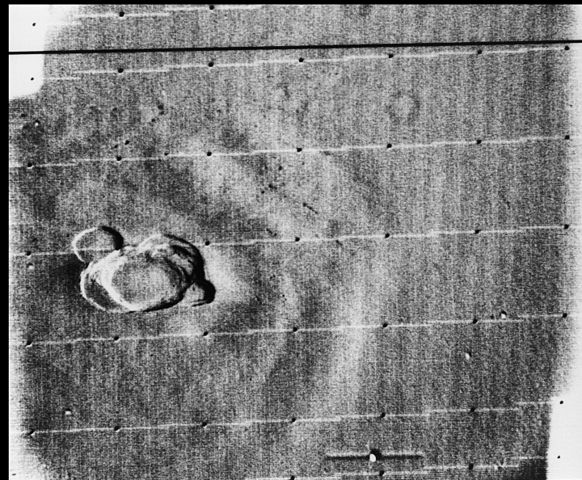
There are massive lava flows and extensive lava plains on the planet. In fact, about half of Mars’ surface is covered in volcanic material, though much of it has been further shaped by other processes over time. Most scientists think that the volcanic activity ended about 500 million years ago, while some think the planet may still be somewhat active.
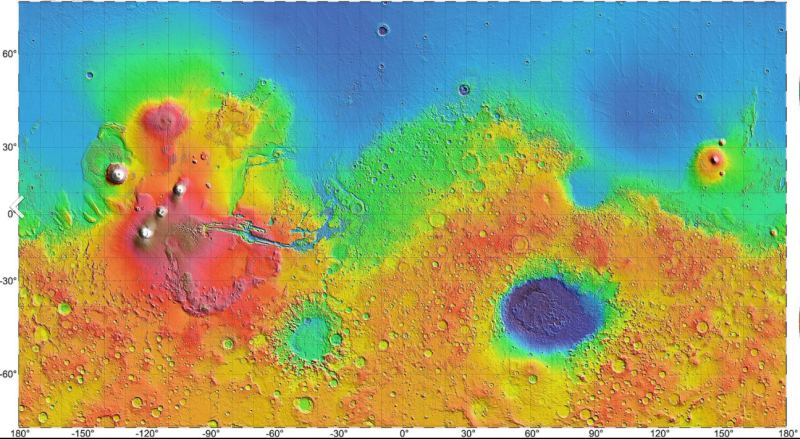
Recently, the HiRISE (High-Resolution Imaging Science Experiment) team released images of a crater on Mars shaped by ancient lava flows. The crater has a clearly-visible channel through the rim where lava flowed. A short narrated video explains some of what happened and some of the questions scientists have around the feature.
The volcanic drama played out at this one crater is just a tiny paragraph in the story of Mars’ volcanism. Martian volcanism spanned billions of years, from the Noachian over 3.7 billion years ago up to the current period, the Amazonian. Volcanic activity on Mars may have come to an end only 500 million years ago; not long in geographic terms.
Volcanic activity goes to the heart of what Mars is. Mars and Earth are very similar to each other in many geological aspects. They’re both differentiated, meaning that they’re composed of distinct layers. Their cores are made of dense materials that sank to the center of the planets in their early, molten days, while lighter material remained near the surface. The pair of planets were shaped by many of the same magma-based processes.
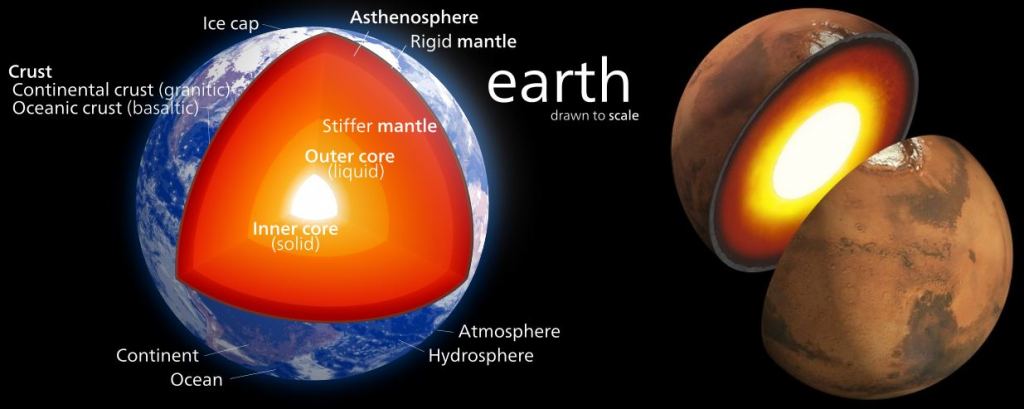
The difference lies in what happens after an eruption of magma or a lava flow. Earth has large lava formations that have flowed over the surface, called Large Igneous Provinces (LIPs). Earth’s atmosphere and biosphere hide the evidence of these LIPs after a period of time. But on Mars, ancient formations are still visible. Due to the planet’s inactivity, the evidence is kind of locked in place.
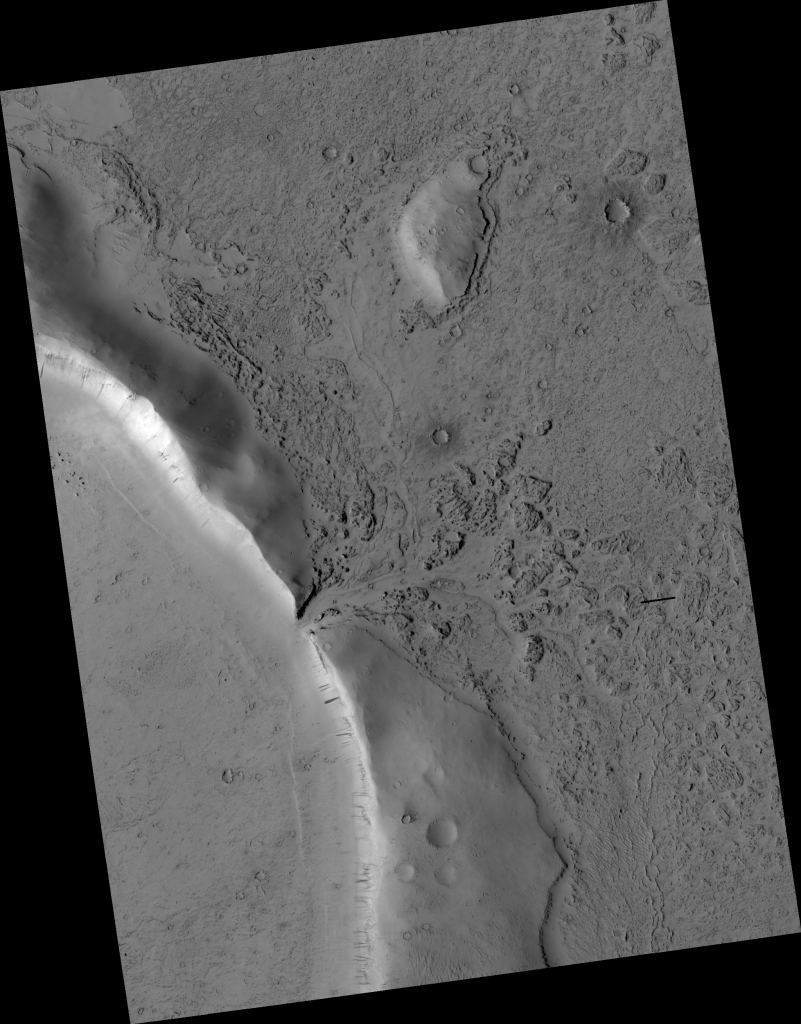
Both water and lava flowed over the Martian surface in the past. Both are gone now, but the evidence has been preserved. Eventually, scientists may be able to piece together Mars’ history more completely, but for now, it’s one crater at a time.

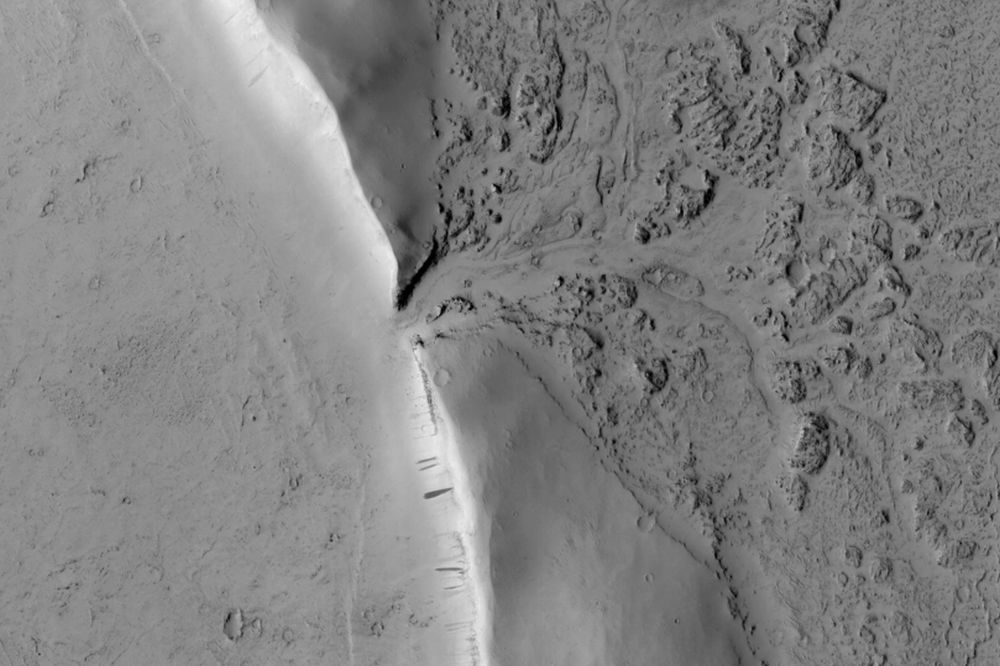
Is this an indication that the lava tube the flow came from might be empty?